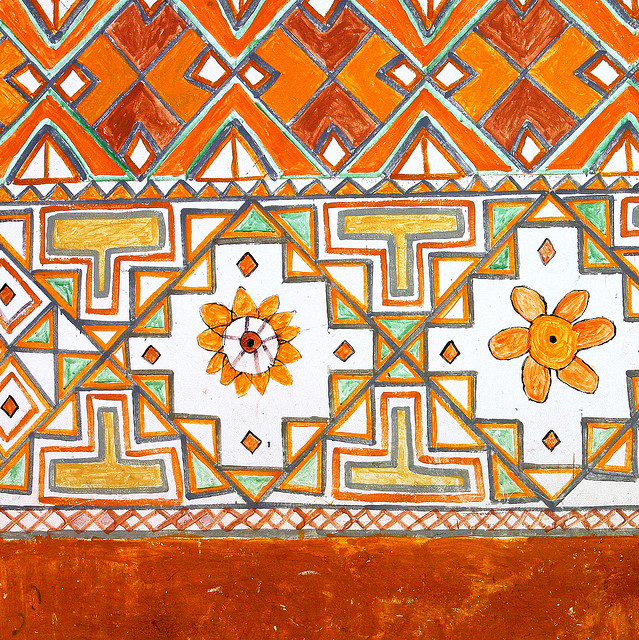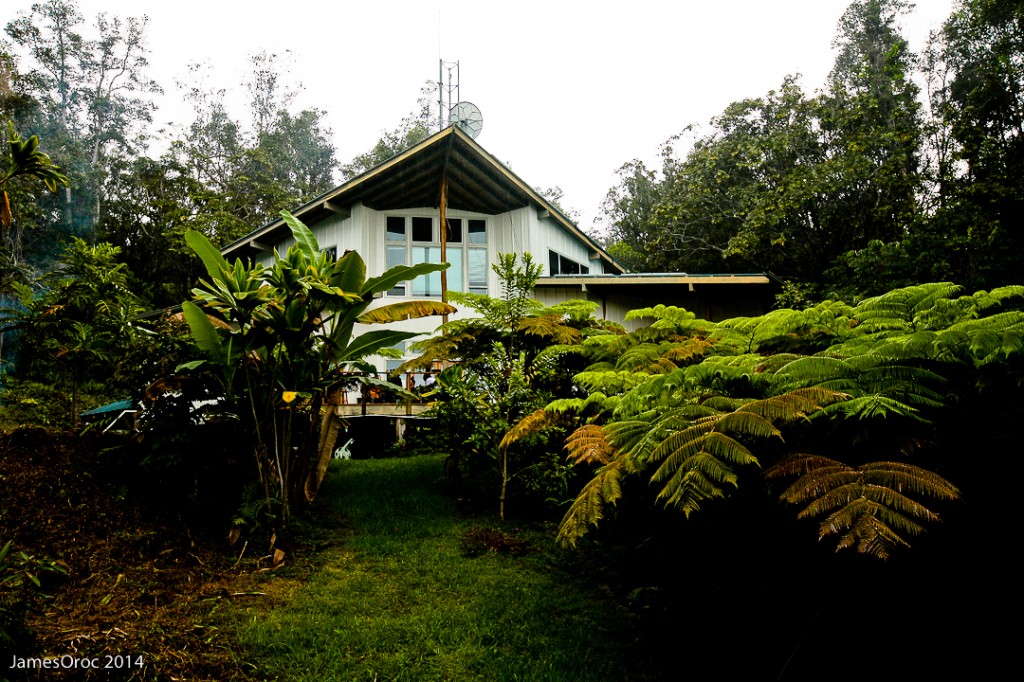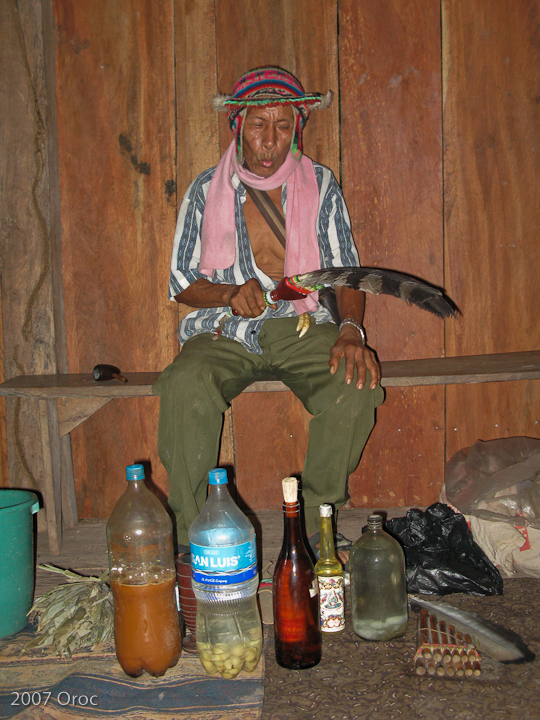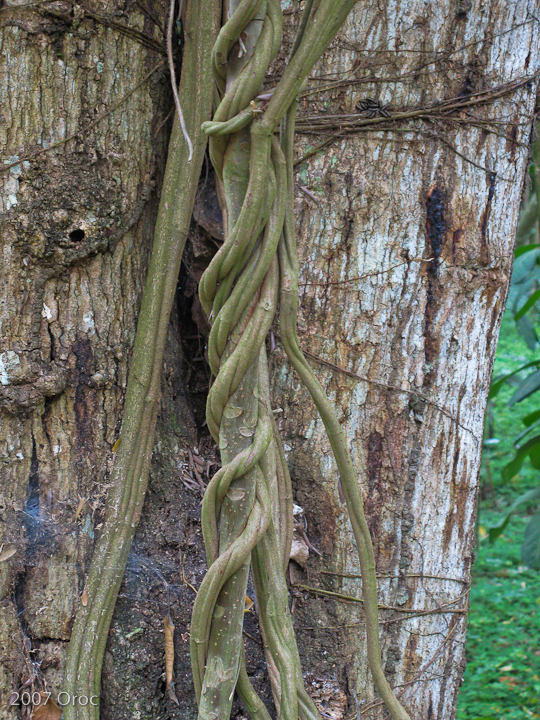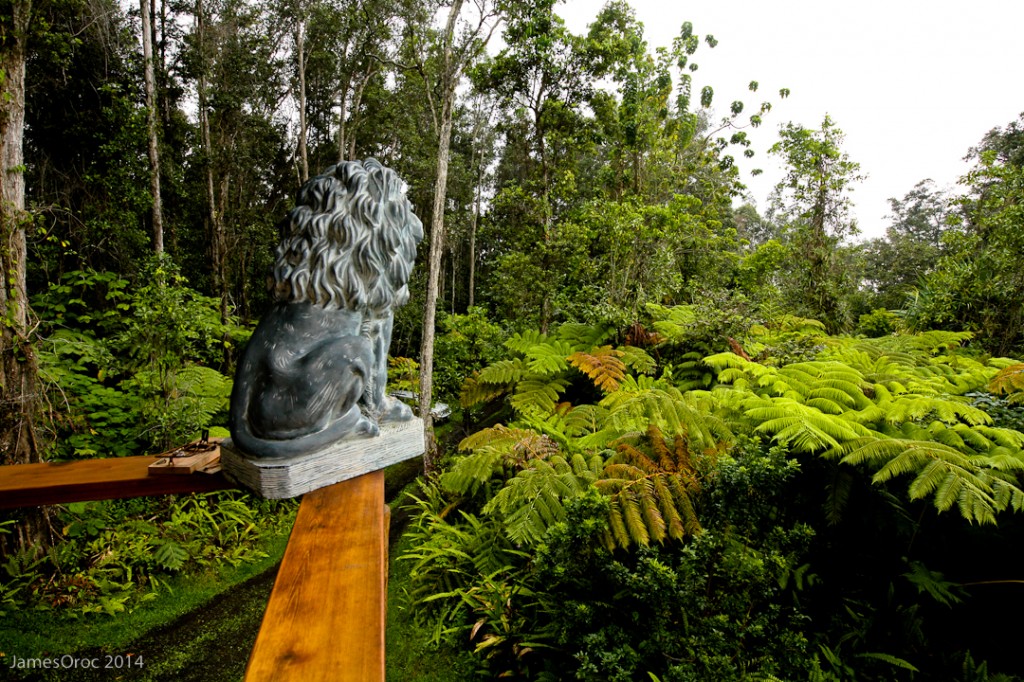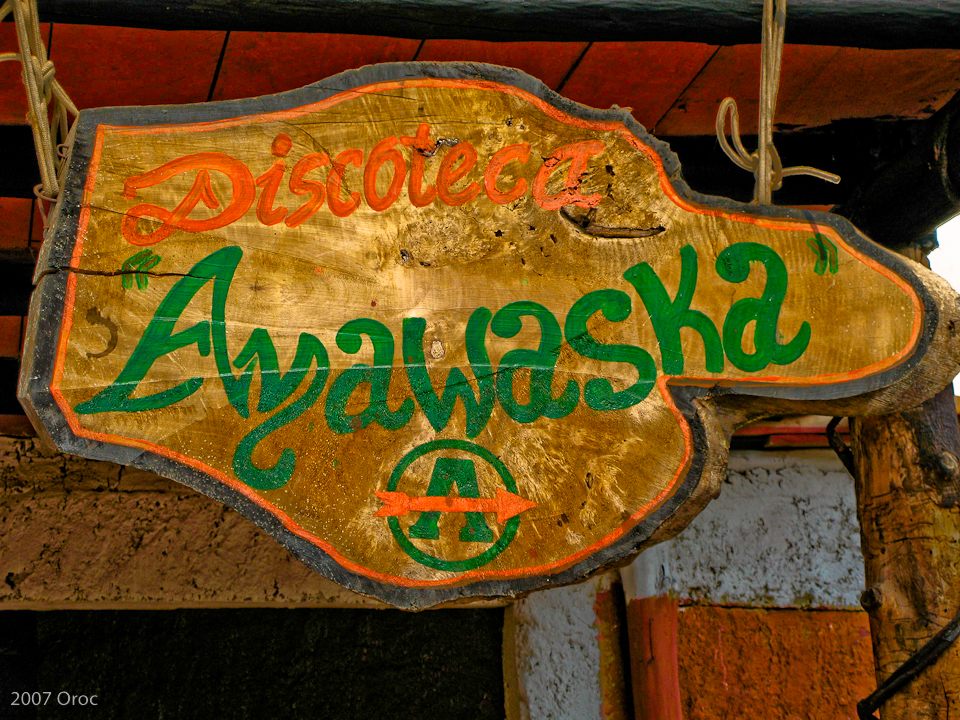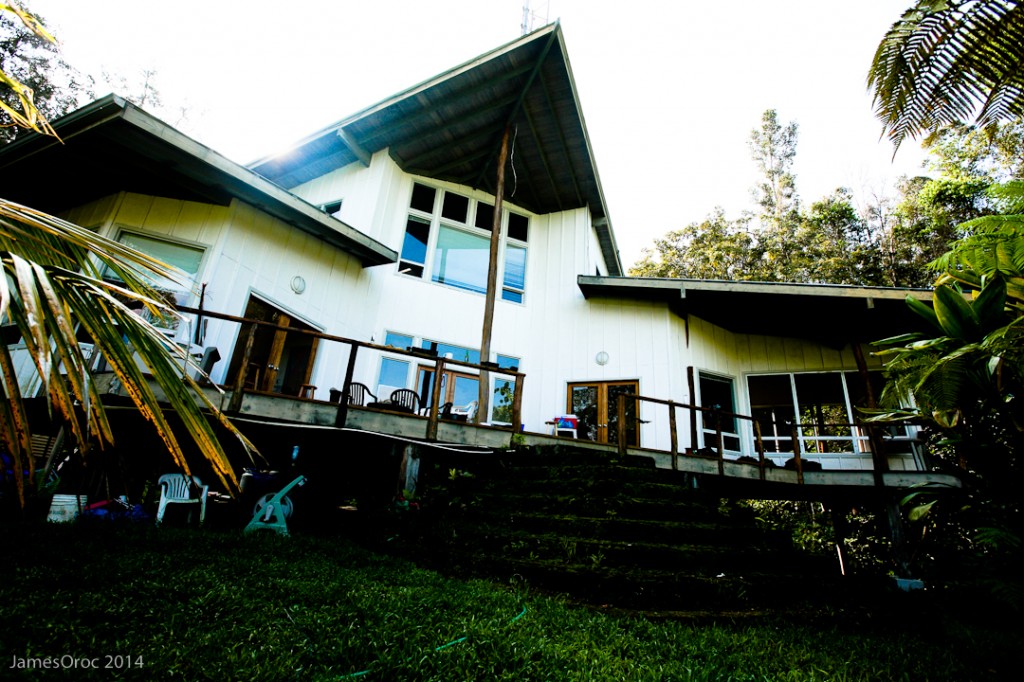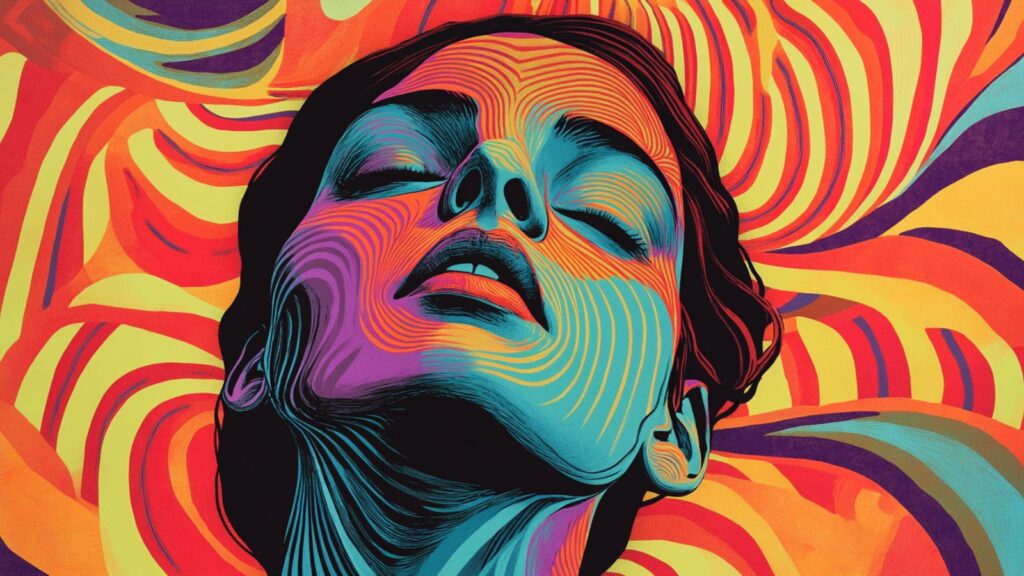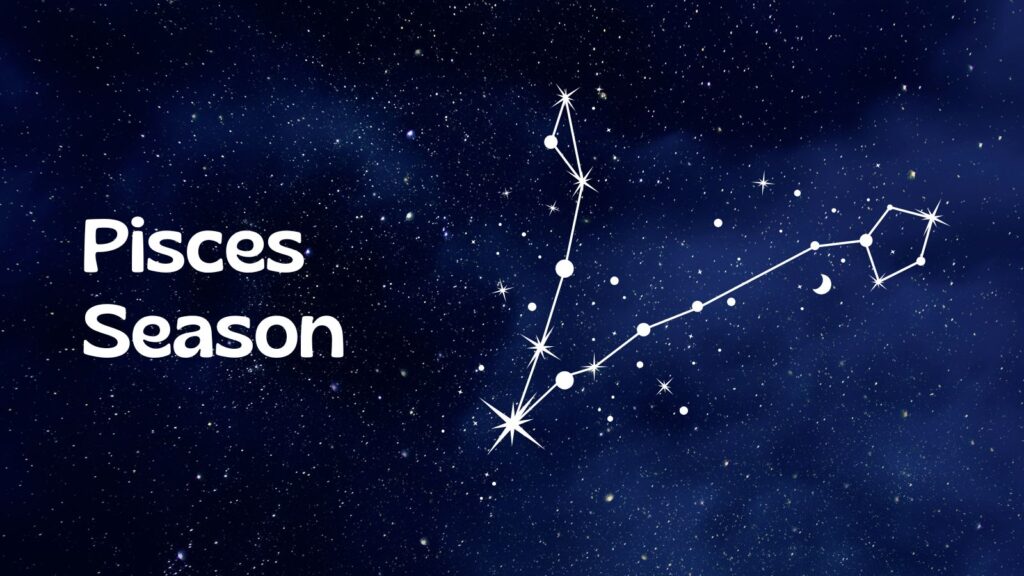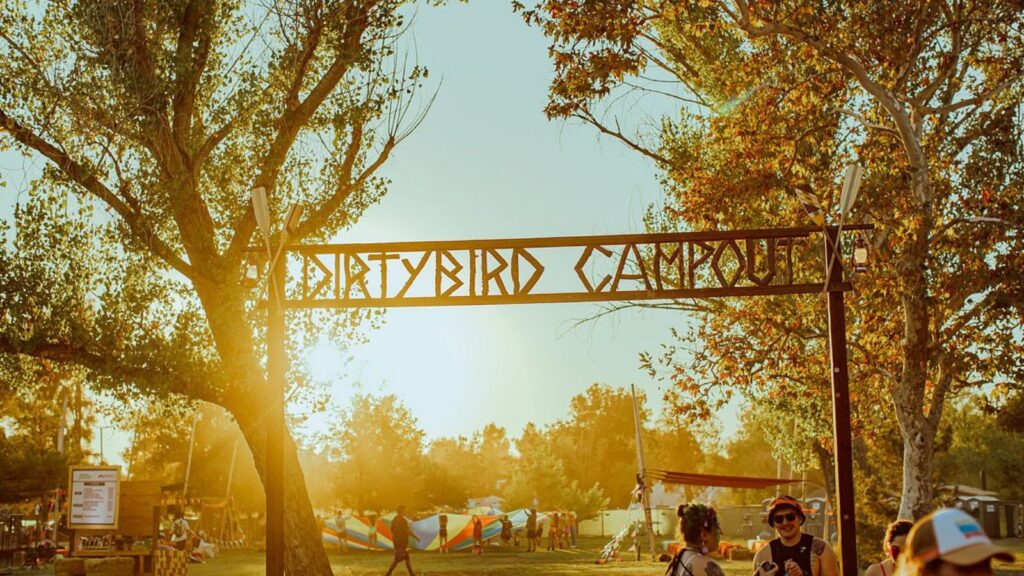Metaphorically, DMT is like an intellectual black hole in that once one knows about it, it is very hard for others to understand what one is talking about. One cannot be heard. The more one is able to articulate what it is, the less others are able to understand. This is why I think people who attain enlightenment, if we may for a moment comap these two, are silent. They are silent because we cannot understand them. Why the phenomenon of tryptamine ecstasy has not been looked at by scientists, thrill seekers, or anyone else, I am not sure, but I recommend it to your attention. ~ Terence McKenna, The Archaic Revival: Speculations on Psychedelics, Mushrooms, the Amazon, Virtual Reality, UFO’s, Evolution, Shamanism, the Rebirth of the Goddess, & the End of History. (1991)
The publication of PIHKAL and TIHKAL by Alexander and Ann Shulgin resulted in a plethora of new psychedelics (see Part Two) that are now commonly available largely thanks to the scarcity of Acid after the Y2K Kansas missile-silo LSD bust (see Part One). However, unlike the First Psychedelic Revolution, which was sparked primarily by the artificial psychedelic LSD and to a lesser extent laboratory synthesized mescaline, psilocybin, and DMT [1], (as listed in the introduction of ‘The Psychedelic Experience: A manual based on the Tibetan Book of the Dead’ by Leary, Metzner, and Alpert in 1964), the Second Psychedelic Revolution cannot be defined purely by ‘synthetic’ drugs alone. For although the LSD drought resulted in the popularizing of 2-CB, 2-C-T-7, 5-MeO-DIPT, and other previously unknown laboratory-discovered psychedelic compounds, it also accelerated an ongoing rekindling of interest in naturally occurring plant entheogens [2] and the popularization of the previously little known concept of plant shamanism and the idea that these plants were not so much ‘psychedelic drugs’, as they were ‘spiritual medicines’.
The Shulgins’ first volume, ‘PIHKAL: A Chemical Love Story’, focused on Sasha’s work with the phenethylamine family of compounds, and while these include many true psychedelics such as mescaline and the numerous 2C-x compounds, it was his work with the popular empathogens MDMA and MDA [3] that bought Sasha’s work to the attention of the burgeoning ‘rave’ culture of the early 1990’s. The Shulgins’ second volume ‘TIHKAL: The Continuation’ [4], however, dealt with Sasha’s work with tryptamines, the class of compounds that includes important neurotransmitters such as serotonin and melatonin, powerful natural and synthetic psychedelic/entheogens including psilocybin (5-OH-DMT), LSD, and ibogaine, and the only endogenous psychedelics, dimethyltrpyamine (DMT) and 5-methoxy-DMT.
Long regarded as the Holy Grail of psychedelics, DMT was comparatively rare on the illicit drug market even in the 1960’s, its scarcity adding to its fearsome reputation—Grace Slick, the singer for the Jefferson Airplane, once famously said that while ‘Acid was like being sucked up a straw, DMT was like being shot out of a canon—and it had effectively disappeared from general psychedelic culture long before TIHKAL was released. However it was not the publication of TIHKAL, but a pair of books in 1992, (a year after PIHKAL) by a little-known author with no training in either organic chemistry or cultural anthropology that would ultimately be most responsible for popularizing DMT in contemporary psychedelic culture. But unlike the DMT use of the 1960’s, which utilized DMT either by IM injection or in its smokable salt form, this author’s primary interest in DMT was as the active ingredient in an obscure Amazonian shaman’s brew that was at that time still primarily known by its Spanish name yagé, rather than it is now, by the phonetic approximation of one of its many indigenous names, ‘ayahuasca’.
When both ‘The Archaic Revival’ (a collection of Terence McKenna’s essays and speeches) and ‘The Food of the Gods’ (his magnum opus on psychedelic plants that includes his ‘Stoned Ape theory’) were published in 1991, it had been nearly two decades since Terence and his younger brother Dennis McKenna had written The Invisible Landscape (1975), a strange alchemical volume describing their 1971 expedition to the Amazon in search of oo-ko-heé, a shamanic snuff that contained DMT. (Terence was seeking a natural source to the synthetic DMT experience that as both a linguist and psychonaut he had become utterly enthralled with). This first McKenna book was originally not long in print and became something of a collector’s item for psychedelic bibliophiles, due to both the extraordinary tale of the expedition and the numerous radical ideas contained within its pages. (These ideas included an early compilation of speculations about time and casuality, which Terence developed into his ‘Novelty Theory’, as well as his prediction of the arrival of the eschaton: a singularity at the end of time, which he eventually predicted would occur in December of 2012[5].) While this now-legendary expedition was unsuccessful in finding the DMT-snuff that they were searching for, the McKenna brothers did find a species of very psychedelic psilocybin cubenis mushrooms, and in a now-lesser recognized part of the McKenna story, brought the spores of these mushrooms back to the United States and spent the next few years developing effective methods of indoor cultivation, the results of which they published in 1976 in the popular Psilocybin: A Magic Mushroom Growers Guide [6].
For this act alone—the introduction of readily available plant-entheogens [7] that anyone could cultivate and the first book on how to do so—the McKenna brothers would deserve a mention in this essay, but this would only be the beginning of extraordinary careers in the psychedelic arena for both men. Dennis McKenna returned to University, and has become a widely respected ethnopharmacologist. While over the last decade of his life—and now through the first decade of the 21st century—the philosopher, memetic engineer, and entertainer, Terence Kemp McKenna (1946-2000) has become the most popular and recognized spokesperson for psychedelics since Timothy Leary [8]. It is Terence who is most responsible for evolving contemporary psychedelic culture into its current state, thanks to his writings and lectures, many of the latter now having been transmogrified into a seemingly infinite number of internet podcasts since his death—a brand new medium that he had embraced enthusiastically in life as a new mode of communication and artistic expression, and that has now has fittingly immortalized him.
The publication of The Archaic Revival and Food of the Gods in fact coincided synchronistically with the nascent years of both the Internet and electronic music; and while Timothy Leary was truly an early pioneer of the Web, it was Terence McKenna that the global ‘rave culture’ of the 1990’s emphatically embraced. In the last years of his life Terence was often the most popular speaker and draw at the various conferences he attended, as well as a main attraction at the raves themselves—the self-declared ‘Mouthpiece for the Mushroom’, Terence had the rare ability that could make a packed dance floor sit down between DJ’s to listen as he waxed eloquently about the wild beauty of psychedelics, often for hours on end. His extraordinary capacity for the spoken word and the discovery of an often-captivated audience once again coincided with the Internet revolution, and many in Terence’s audience were technologically advanced for the time (there is a long-going relationship between the psychedelic and silicon communities [9]) resulting in an incredible number of recordings and pod-casts, often set to electronic music.
Terence’s unexpected and untimely death at 53 also happened to coincide with the LSD drought that followed the Kansas-Silo bust of 2000, and the period where many psychonauts were forced to consider new psychedelic options. Magic mushrooms thus increased in importance to psychedelic culture, and interest grew in both ayahuasca, which had first begun to appear on North American shores in the late 1990’s, and, DMT, which after being incredibly scarce for decades, had also by the mid-2000’s begun to be more widely available. This interest in Terence’s central ideas, along with his popularity with both the electronic music and cyber-communities has thus increased McKenna’s influence exponentially since he died. A process only amplified by his bold prediction of the arrival of the eschaton on December 21st, 2012—the prediction that most ironically (and unfortunately) he did not live to see.
Now over a decade since Terence’s death, and more than a year after the aftermath of the 2012 hope and hysteria that he helped create, there can be no denying of McKenna’s influence on contemporary psychedelic culture, or even on the fringes of popular culture itself. The veneration of ‘magic mushrooms’ and the reintegration of the Goddess figure; the current interest in DMT in all its various forms; the often-debated supposition that natural plant entheogens are inherently superior to synthetic or artificial compounds, most notably LSD; our concepts about plant spirits, shamanism, and the corresponding rise of ayahuasca tourism; modern festival culture’s interest the idea of an ‘archaic revival’ to reinvigorate spirituality in Western society; the comingling of psychedelics and virtual culture; alien abductions and UFO’s; and of course the viral spread of the 2012 meme; these are all now well-known themes that have been either born or popularized due to Terence’s own ideas and interests, even though he ironically lived to see very little of the shift that he in many ways created.
In the decade following his death, the focal points of Terence’s McKenna’s life’s work have become, for better and for worse, something of a blueprint for the rise of a global neo-tribal, techno-shamanic culture, evidenced in Burning Man, the BOOM! Festival, and the now countless other events that represent it. Terence’s ideas have now influenced psychedelic fashion, the music we listen to, the psychedelics we take (and the way we take them), the countries we are visit, even the way we use the Internet. His bold prediction of a Singularity at the end of time within our lifetimes (if not his own) provided a modern coda to the ancient Mayan translation, and helped generate worldwide interest in what would have otherwise been an insignificant archeological date. But now that we are on the other side of Terence McKenna’s 2012 Omega Point and everything is still standing, it is Terence’s championing and popularization of ayahuasca that is most worthy of our attention.
Over the past decade the rise in interest in ayahuasca has been extraordinary; not since the original advent of LSD in the 1960’s has there been a psychedelic that has so captured the artistic and spiritual imagination of the time, and ayahuasca use, while still nowhere near the numbers of LSD users in the late 60’s, has become common enough that it has started to penetrate the mainstream media. (Marie Claire, a popular ‘women’s magazine’, is the latest unlikely publication to include a feature article on ayahuasca circles[10]). Previously only known to psychedelic culture through William S. Burroughs and Allen Ginsberg’s slim booklet of correspondence The Yage Letters published in 1963, it was Terence McKenna’s popularization of this unlikely Amazonian shamans’ brew through the late 1980’s and early 1990’s that would subsequently give birth of an international ‘ayahuasca culture’. Once the first South American shamans and Santo Daime members started to visit Europe and the US in the late 1990’s, ayahuasca use spread rapidly throughout the psychedelic community in the early 21st century, a process that I believe was accelerated by the corresponding LSD ‘drought’ that followed the Kansas silo bust, as many psychonauts looked for other pathways to the psychedelic experience. (There has also been a renewed interest in San Pedro and Peyote, while smokable forms of DMT have reappeared in the underground market-place for the first time in decades, greatly aided by plant-based extraction recipes that are commonly available on the internet.)
Prohibition, it would seem, only creates diversification, and one noticeable difference that separates the Second Psychedelic Revolution from the First is the incredibly wide variety of psychedelics and empathogens, both natural and synthetic, that are now widely available.
Ayahuasca culture itself has, in several ways, begun to develop outside of the ‘traditional’ psychedelic community; many in the yoga community for example, have openly embraced ayahuasca, with independent yoga centers around the world hosting South American shamans and their ‘ceremonies’ that attract many spiritual seekers with little or no connection to the psychedelic community, since they do not view ayahuasca as a ‘psychedelic drug’, but as a sacramental medicine.
While ayahuasca contains DMT, a Schedule 1 drug just the same as LSD, ayahuasca use itself has (so far) not been prosecuted in the United States. Favorable federal court rulings in favor of the Brazilian synchretic Christian churchs União do Vegetal (UDV) and Santo Daime (who use hoasca, the Brazilian form of ayahuasca, in their ceremonies) in the early 2000’s has been interpreted as a loophole in the law for many, and has undoubtedly been a factor in ayahuasca’s rapid and wide spread rise in popularity. As more and more celebrities willingly endorse their life-changing experiences on the Amazonian brew, and more and more psychiatrists and psychologists speculate on the therapeutic value of the experience, the rhetoric around ayahuasca increasing resembles the tremendous excitement that LSD inspired before it was made illegal in 1966.
It is virtually impossible to quantify the psychedelic experience; ayahuasca has gained a special reputation due to the intense colorful visions that it can induce, while the LSD pinnacle is generally represented as dissolution into the mystic’s white-light. When compared from a strictly phenomenological perspective, both have reputations for being able to induce heaven or hell, and both experiences are long and physically taxing. Both have been described as true entheogens, capable of inducing life changing spiritual conversions; both have been successfully used to break addictions; and both have originated as medicines. (LSD was originally a legal medicine.) Many of the extraordinary properties attributed to one—telepathy, an increase in everyday synchronicity, artistic flowering, deeper connections with nature, mystical and transpersonal experiences—have also been attributed to the other, as has the ‘specialness’ of the communities that form around them. So where is the difference between these two ‘Psychedelic Revolutions’, or have we merely traded high dosages of a potent entheogen once manufactured in a Swiss laboratory for a natural equivalent haphazardly harvested from the Amazonian rain forest?
The difference, I would argue, lies not so much in the phenomenology of the internal psychedelic experience, but in the external container; the experience of the shaman and their icaros, and the ritual provided in the ceremonies themselves. When LSD use really exploded in the 1960’s after it became illegal, what the First Psychedelic Revolution ultimately lacked was a safe container for the experience itself. Too many young people slipped through the cracks of the Prankster model, and in the aftermath, psychedelics themselves became illegal. What we learned from the First Psychedelic Revolution is that in the West we lack the Mystery Schools needed to successfully and beneficially integrate the use of psychedelics into our society. Thus, much of the evolution of contemporary psychedelic culture has been a process of investigating and integrating ancient wisdom and techniques with the hard-won underground anecdotal psychedelic experience that the last fifty years have generated.
First looking for knowledge and direction in altered states of consciousness from the Gurus and Rinpoches of India, then the shamans of the Amazon Basin, and now from a wide-variety of traditional shamanism from numerous cultures, modern psychedelic culture has adapted to the entheogens on hand, and moved willingly back-and-forth between the laboratory and the ancient plant knowledge in search of the undiluted entheogenic experience. Terence McKenna’s enthusiastic advocation of the shaman as a spiritual psychedelic guide (as opposed to the homeopathic healer that could be argued to be closer to the truth) has resulted in thousands of Americans and Europeans journeying to Peru, Ecuador, and Brazil in search of that guidance, and a wave of South American shamans having journeyed to foreign shores — a psychedelic innovation which has inevitably spawned a horde of local imitators, and unfortunately made ‘shaman’ one of the most abused words in the modern vernacular. Sung ayahuasca icaros (guide-songs) can now be found melded into electronic music, the woven icaros found transmuted into festival clothing, and the habit of attending ayahuasca ‘circles’ has begun to approach a cult status in places as diverse as Asheville, Brooklyn, Los Angeles, Portland, and Santa Fe. (To name just a few).
During this same period, academics studying Western history and anthropology have had to reconcile the fact that many of the world’s major civilizations and religions—including the Greeks, Hindus, and Buddhists—utilized psychedelic plants. This is an idea that has been extremely unpopular, but is now increasingly obvious to the generations of psychedelically savvy anthropologists and mythologists born since the 1960s, many of whom can be assumed to be familiar with Terence McKenna’s work. It is now increasingly realized and accepted that the Amazonian ayahuasca (and dmt-snuff) culture can in fact be considered the last [11] remaining sacramental entheogen of a great planetary era marked by at least five known distinctly entheogenic cultures, all of which lasted more than two thousand years; the others being the Soma of the Hindu Vedanta (India), the kykeon of the Eleusian Mysteries (Greece), the San Pedro culture which peaked in Chavín de hunatar (Peru), and the astonishingly broad variety of entheogens (cubenis mushrooms, morning-glory seeds, peyote cactus, and toad venom) used by the Mayan-Toltec-Aztec cultures (Mexico).[12] Plant shamanism is now recognized to be the primary shamanic model world-wide, not a ‘vulgar substitute for (the) pure trance’ of shamanic methods such as drumming and chanting, as Mircea Eliade [13] originally supposed in his classic 1951 text Shamanism: Archaic Techniques of Ecstacy. (Eliade himself changed his mind at the end of his life, pointing out to Peter Furst in an interview not long before his death that prior to the 1960s anthropologists didn’t have enough of a psychedelic perspective to recognize the significance in the various local rites, and so the evidence simply wasn’t there.[14])
Terence McKenna was one of the first writers who really grasped the psychedelic history of humanity and ayahuasca’s link to our own ancient past. It was largely his writings that have helped bring the beauty, myth, and magic of the Amazonian people and culture a wider audience, and despite his association with the 2012 phenomenon and the unfortunate comingling of the two, his championing of plant entheogens, and reintroducing the shamanic process to the modern Western World will ultimately be remembered as his enduring contribution to psychedelic culture. Even his ‘Stoned Ape Theory’—the idea that spoken language evolved as our primate ancestors developed a diet that included psilocybin mushrooms—may still one day be mainstream enough to be given serious consideration. His untimely death at the too young age of 53, both robbed the psychedelic movement of its most charismatic spokesperson, and guaranteed Terence’s immortalization thanks to the emerging technology of the Internet which he had enthusiastically embraced, and of which he will one day surely be remembered as one of the early pod-cast stars.[15]
[1] DOM or ‘STP’, which could also be included in this list, did not appear until 1966.
[2] Entheogen (God-contained-within); a plant or compound that can induce a mystical experience; and is often held as sacred.
[3] which are generally only psychedelic in larger dosages
[4] Tryptamines I have known and loved.
[5] The original date of Terence’s prediction was the16th of November, 2012 (coinciding with what would have been his 66th birthday); Terence later changed it to 21st of December, 2012, to correlate with the conclusion of the Mayan calender.
[6] Under the pseudonyms OT Oss and ON Oeric.
[7] entheogen: (‘God contained within’); a psychedelic plant or compound capable of inducing a spiritual or mystical experience.
[8] And the most controversial since Leary!
[9] See What the Doormouse Said: How the Sixties Counterculture shaped the Personal Computer Industry (2005) by John Markhoff.
[10] http://www.marieclaire.com/world-reports/ayahuasca-new-power-trip
[11] While both Soma and kykeon have long since disappeared, their true identities unknown, the San Pedro culture of Peru somewhat survives, albeit in a very diluted synchretic Christian form, as do the remnants of some mushroom ‘cults’ in Mexico; but the wide-spread traditional snuff and ayahuasca use of the Amazonian tribes represents the last major entheogenic tradition still in effect on the planet, and had remained largely unaffected until post-War War II. Ironically the ayahuasca churches of Brazil (Santo Daime, UDV) that have achieved some modicum of legality thanks to the Supreme Court ruling are also synchretic-Christian religions. These churches attribute the discovery of the hoasca (the Brazilian form of ayahuasca) to their mestizo founders, and not to the indigenous Amazonian tribes.
[12] An argument can be made that with the invention of LSD, and now with literally hundreds of ‘designer drugs’ available, we are in the process of creating the 6th —and first planetary— entheogenic culture.
[13] The Father of Phenomenology of Religion, and the man who coined the term ‘shaman’ (from the Siberian) to apply to indigenous healers.
[14] “What did we know in the early 1950’s about these things?” Eliade confessed to Furst.
[15] Google Terence McKenna and you get 1.6 million results, many of them pod-casts and recordings.
